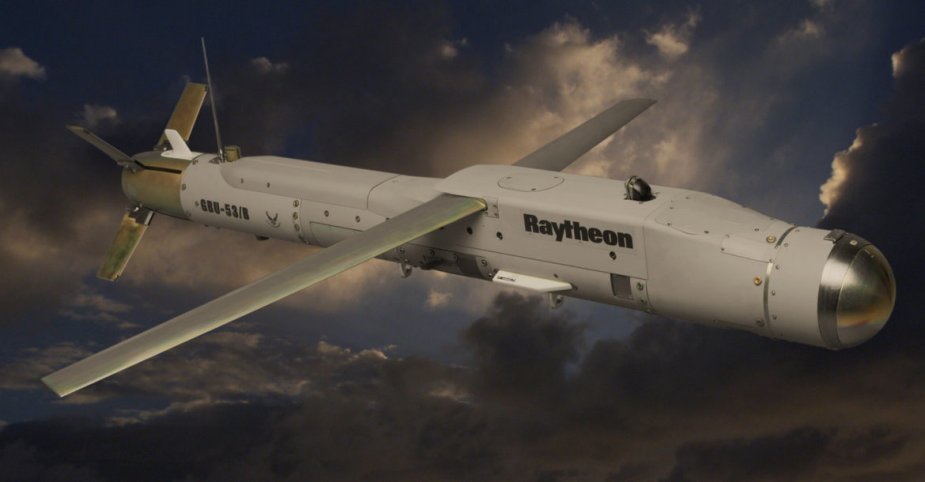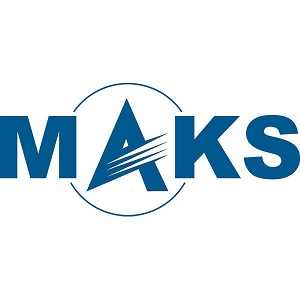Raytheon Company's StormBreaker bomb, formerly called the Small Diameter Bomb II, or SDB II bomb, has entered operational testing, a step closer to providing U.S. Air Force pilots the capability to strike maneuvering targets in adverse weather. Operational testing follows completion of a successful Operational Test Readiness Review in Spring 2018.
 Raytheon's GBU-53/B SDB II weapon
Raytheon's GBU-53/B SDB II weapon
(Credit: Raytheon)
StormBreaker's tri-mode seeker gives pilots the ability to destroy moving targets on the battlefield in adverse weather.
The StormBreaker tri-mode seeker uses imaging infrared, millimeter wave and semi-active laser, giving pilots the ability to destroy moving targets on the battlefield in adverse weather from standoff ranges.
According Raytheon, SDB II gives pilots the ability to destroy moving targets on the battlefield. Its seeker detects, classifies, tracks and destroys targets, even in adverse weather conditions from standoff ranges.
The SDB II, called GBU-53/B by the US military, has an operational range of 110 km against static targets, and 72 km against moving targets. Developmental testing on the weapon, a key step toward bringing this new capability to fighter pilots, was completed in April.
"StormBreaker has completed a rigorous set of testing," said Mike Jarrett, Raytheon Air Warfare Systems vice president. "With its tri-mode seeker and datalink, StormBreaker will transform the battlespace by rendering adverse weather irrelevant."
Operational test flights are slated to begin in Summer 2018. StormBreaker will be fielded first on the F-15E Strike Eagle, and is planned to be integrated onto the F-35 Joint Strike Fighter by 2022.






















